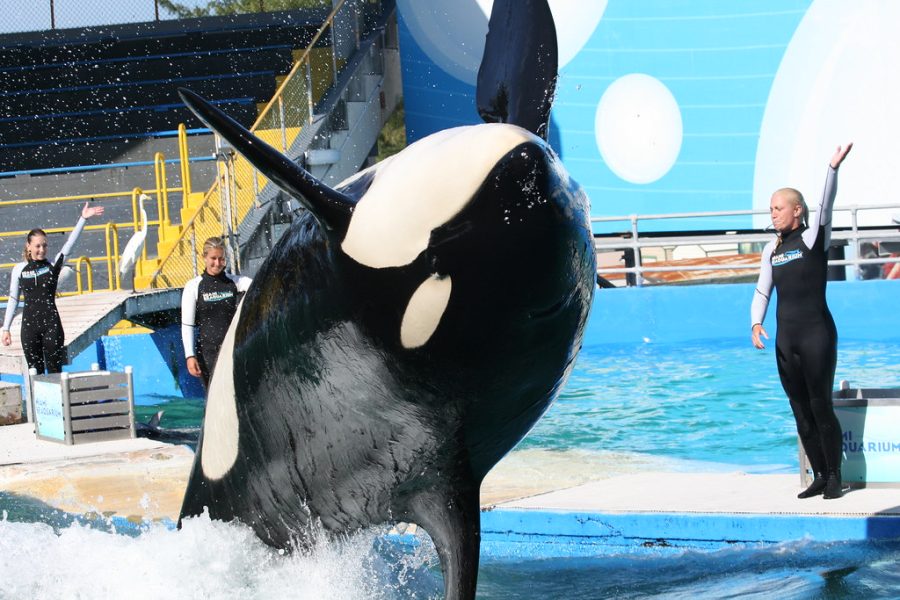The Rehoming of Animals in Captivity
Lolita, an orca at Miami Seaquarium, will soon be returning to the wild.
April 13, 2023
Lolita is a 56-year-old orca, as well as a well-known resident of the Miami Seaquarium in Miami, Florida. She is recognized as one of the oldest orcas remaining in captivity, and animal rights advocates have been campaigning for her freedom for more than 50 years.
On March 30th, the aquarium announced that Lolita would be released and returned to her native waters in the Pacific Northwest. The process will begin over the next two years. With this freedom, Lolita now has the chance to reconcile with her family, particularly her 95-year-old mother who is believed to still be alive. According to advocates from WPLG, a Miami news station, natural sea pen locations have been discovered where Lolita’s family is still swimming through.
“Lolita will receive the highest quality care as the team works to make relocation possible in the next 18 to 24 months,” said Miami Seaquarium in Thursday’s statement.
The release of Lolita opens up numerous possibilities regarding the freedom of captive animals, especially with notable organizations like Seaworld and their lawsuit involving the notorious documentary ‘Blackfish.’
Many have emphasized the importance of captive breeding and reintroduction programs in conservation efforts, which have resulted in the successful recovery of various species.
When addressing animals’ behavior in the wild and comparing it to their actions in captivity, the differences are severe. For example, captive animals cannot hunt for food, nor participate in migration, which is a key part of their development and an essential component to ecosystems on earth. Animals in the wild can also have greater genetic diversity compared to those in captivity.
Despite these protests, one question remains. Can captive animals ever truly be returned to the wild?
Captivity has a significant impact on animals and their behavior in many species. Stress and depression are widespread within zoos and aquariums. These animals adapt abnormal habits, such as grinding their teeth against the wall and pacing their enclosure. Life expectancy also varies, since smaller and quicker animals flourish in confinement, while slow animals with few predators have short lives, as stated by Our Endangered World, a conservation group.

